By . Last updated Aug 2, 2013.
The best GPS devices for cyclers excel on some key navigational features - quality reception, comprehensive mapping and smart tracking.
Built-in base maps acquaint you with a basic outline of roadways, railroad tracks, water bodies, cities and towns, so it is essential that your device contains maps of the region you intend to visit. If you prefer to be navigated more precisely, you would require detailed maps of the regions you visit, displaying exact boundaries, local roads, business centres, shopping locations and private roads. Since most GPS units are not preloaded with detailed maps, you would need to purchase them separately from the manufacturer, or upload third party maps. Most detailed maps come to around $100 each.
Waypoints are specific points on the map which you set to define your current location and make-up the routes for your journey. Though 500 is the minimum number of waypoints for a standard GPS, having around 1000 waypoint capacity is preferred.
Speed and distance tracking, as the name suggests is the ability to record your speed and mileage, distances between waypoints and your current position. If your GPS groups together a series of points denoting where you’ve cycled, it’s a track. It’s best if your GPS has a Track log which would archive points along the track and display details of your path, thus enabling you to retrace your steps if you lose you way.
Turn-by-turn navigation is also necessary in the best GPS devices for cycling - this allows you to select certain routes and provides you with constant successive directions to them. The instructions are audible ones, so you can listen to the voice guiding you without diverting your eyes from the road.
The mount type is another critical feature to consider for the best cycling GPS. Your GPS can be mounted either on your wrist or on the handlebars of your bike.
The wrist mounted GPS, would not be recommended for a cycling expedition due to its small-sized antenna, whose signal is rather feeble in comparison with handle mounts; and their relatively poorer mapping capabilities.
Waterproofing is also crucial for cycling excursions and the best GPS devices for cycling would support an IPX7 rating- which basically qualifies the GPS to be submerged up to a meter in water for almost 30 minutes. Also must have a transflective colour screen which have the highest visibility even under direct sunlight.
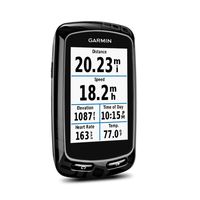
#1 |
#2 |
#3 |
#4 |
#5 |
|
|---|---|---|---|---|---|
|
|
|
|
|
|
|

|
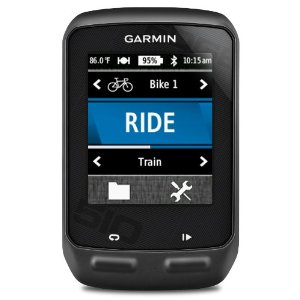
|
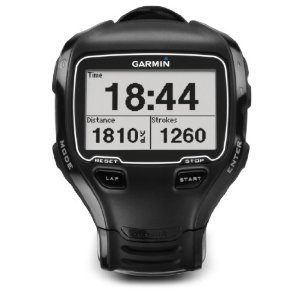
|
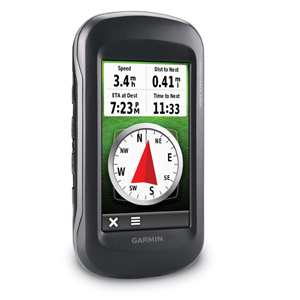
|
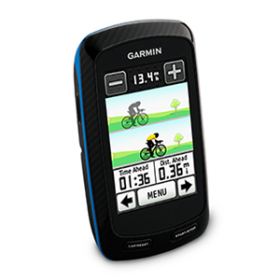
|
|
|
|
|
|
|
|
|
|
|
|
|
|
|
|
| Release Date |
|
|
|
|
|
| Designation |
|
|
|
|
|
| Map capabilities |
|
|
|
|
|
| Form Factor |
|
|
|
|
|
| Input Method |
|
|
|
|
|
| Screen Size |
|
|
|
|
|
| User interface |
|
|
|
|
|
|
|
|
|
|
© 2025 ReviewGist.com. All Rights Reserved.
Best GPS Device For Cycling